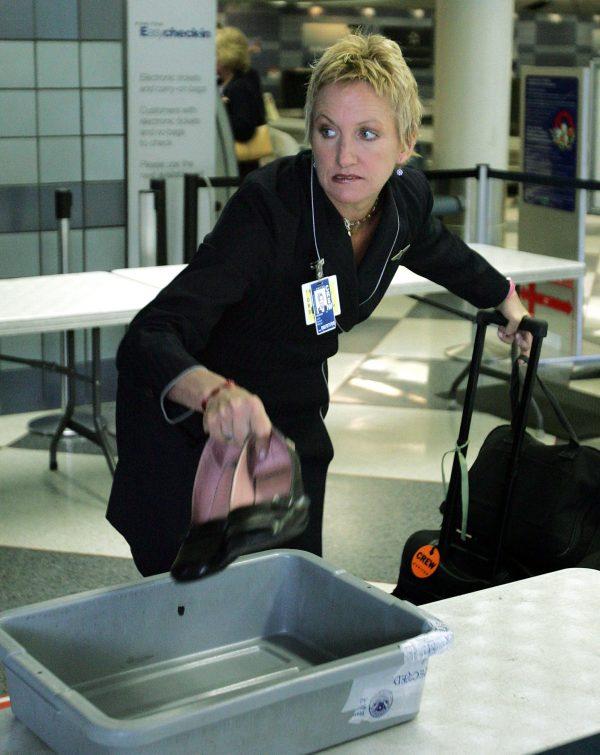You might want to throw a bottle of sanitizer into that clear plastic bag next time you head for airport security.
A scientific investigation has found that the plastic trays at security checks harbour the highest level of viruses of any surface in the airport. Higher than in the toilet.
“The new findings support preparedness planning for controlling the spread of serious infectious diseases in airports,” she said in a statement posted by at Nottingham University, that partnered the research.
Ikonen was one of the team carrying out research at Helsinki-Vantaa airport in Finland during the winter of 2016.
They were trying to identify and quantify the respiratory viruses on frequently-touched surfaces in airports as part of a broader study into the role of airports and traffic hubs in pandemics.

“They found evidence of viruses on 10 percent of the surfaces tested and most commonly on the plastic trays that are circulated along the passenger queue at the hand luggage X-ray checkpoint.”
“The most common virus found in the survey was rhinovirus, which causes the common cold but the swabs also picked up the influenza A virus. Interestingly, no respiratory viruses were found on toilet surfaces.”
Airports are of particular interest to those studying how pandemics spread, because they are crowded areas where diseases can potentially be passed to and from carriers who travel thousands of miles.
Professor of Health Protection, Jonathan Van Tam, from Nottingham University’s School of Medicine, said: “People can help to minimise contagion by hygienic hand washing and coughing into a hankerchief, tissue or sleeve at all times but especially in public places.”






Friends Read Free